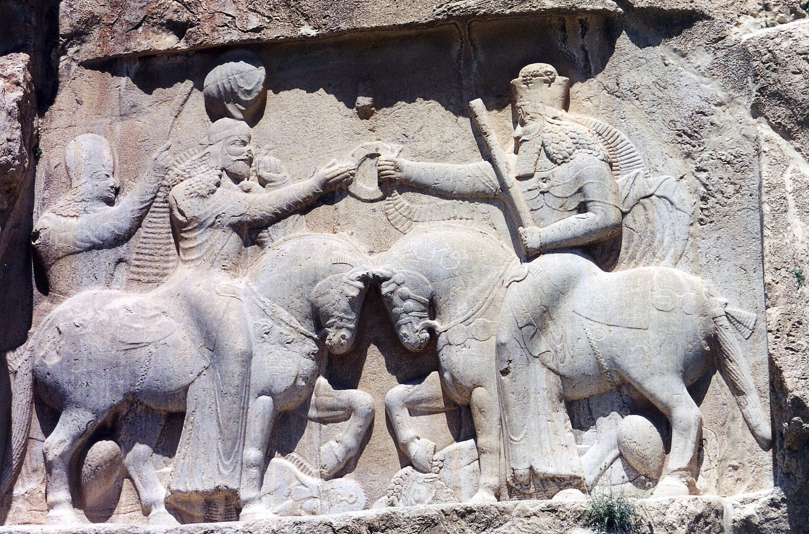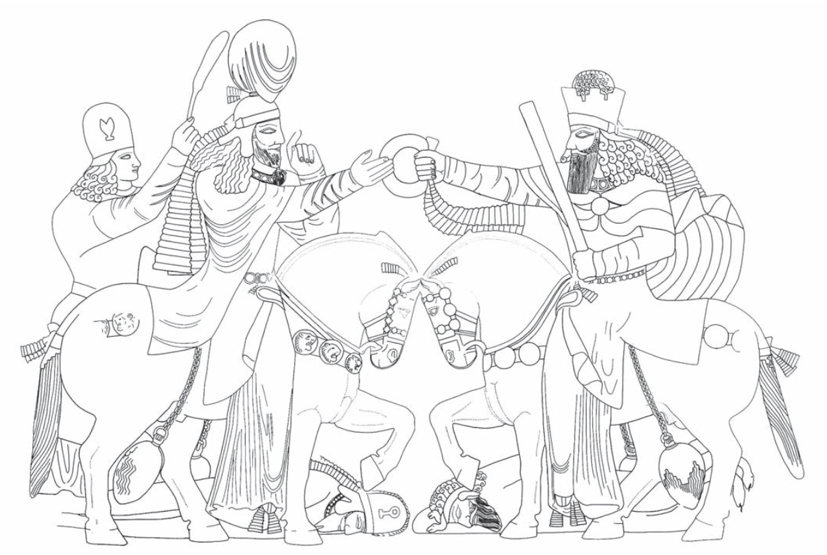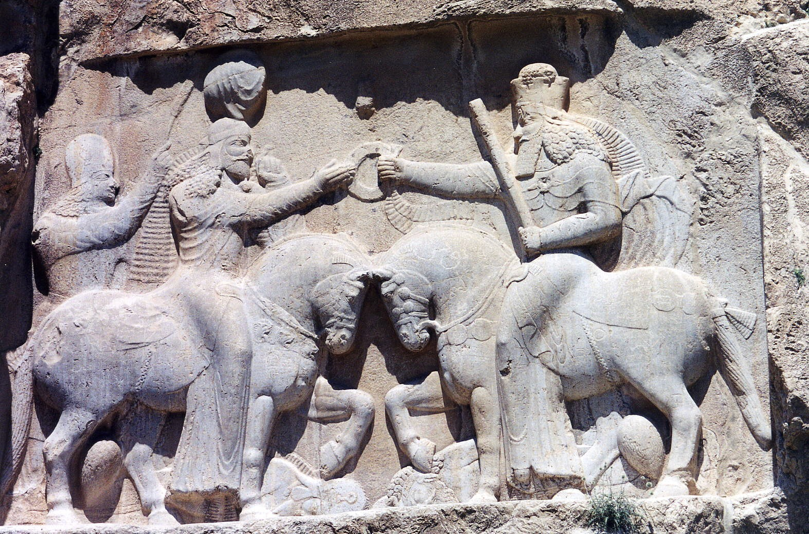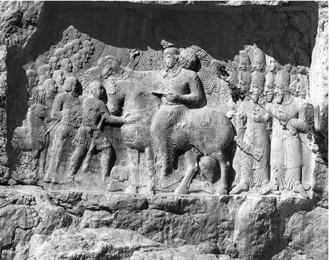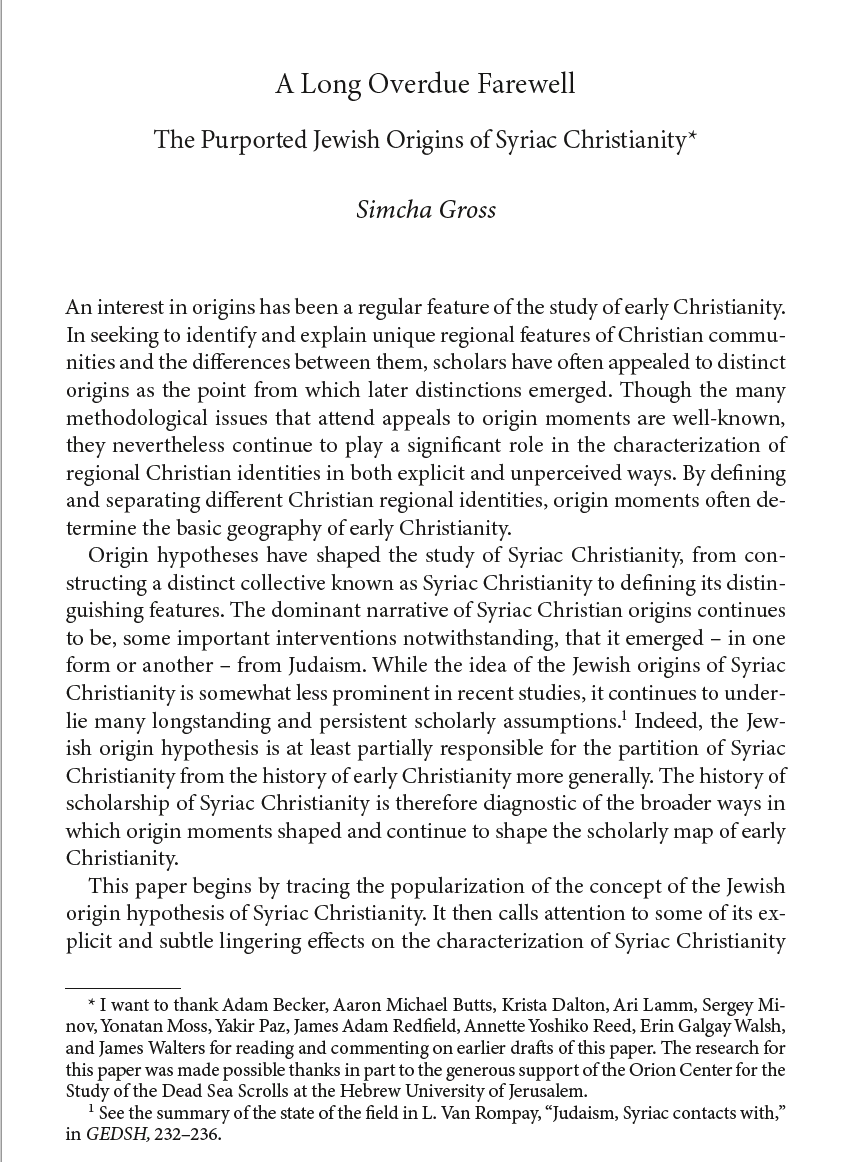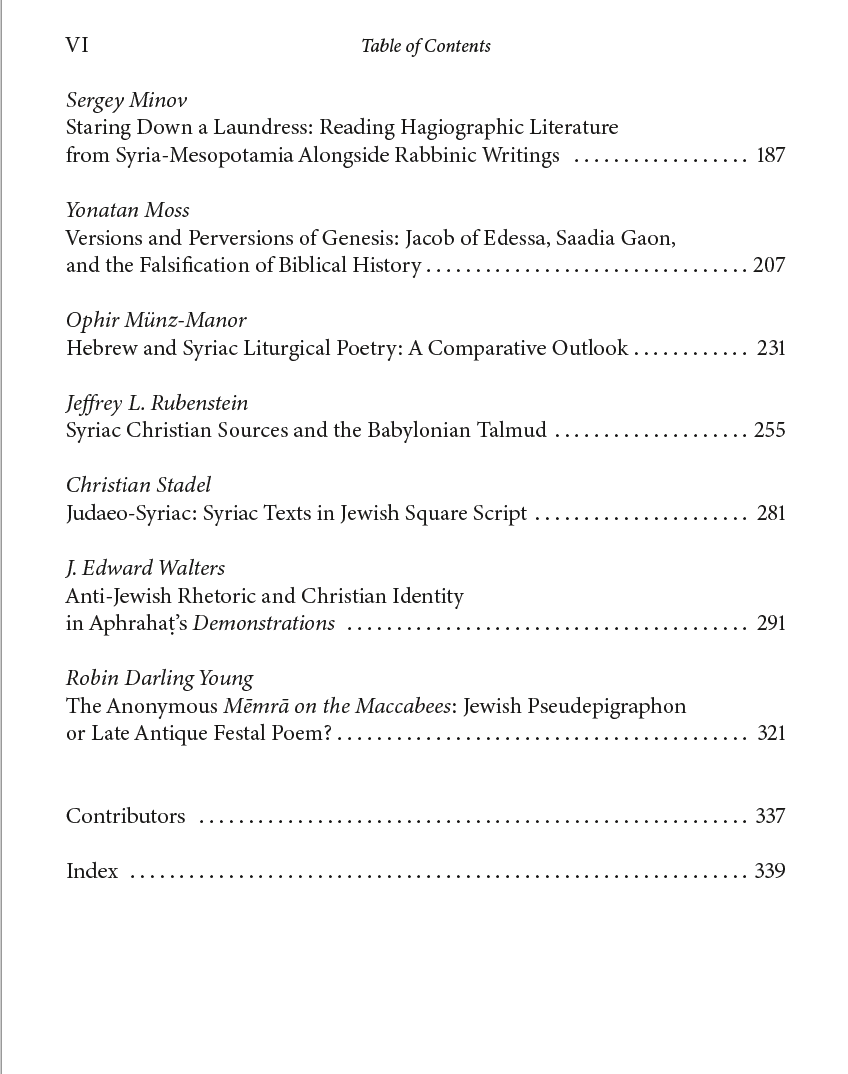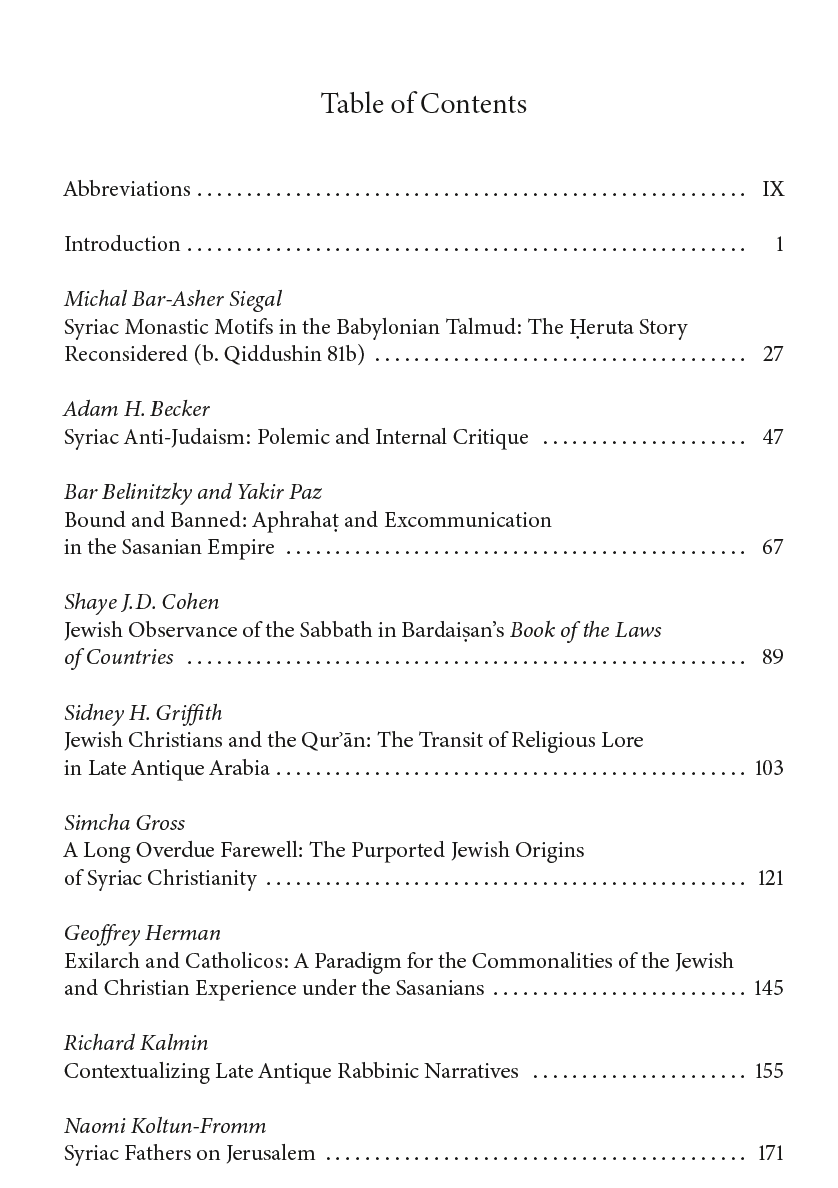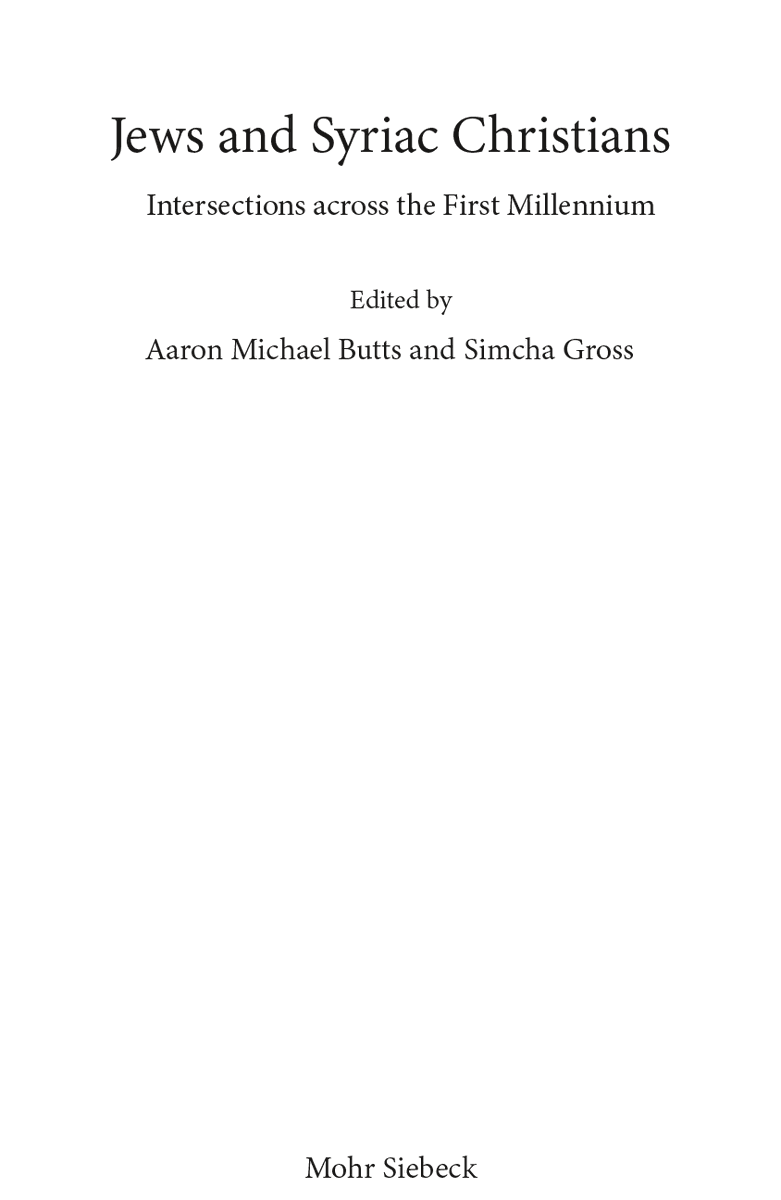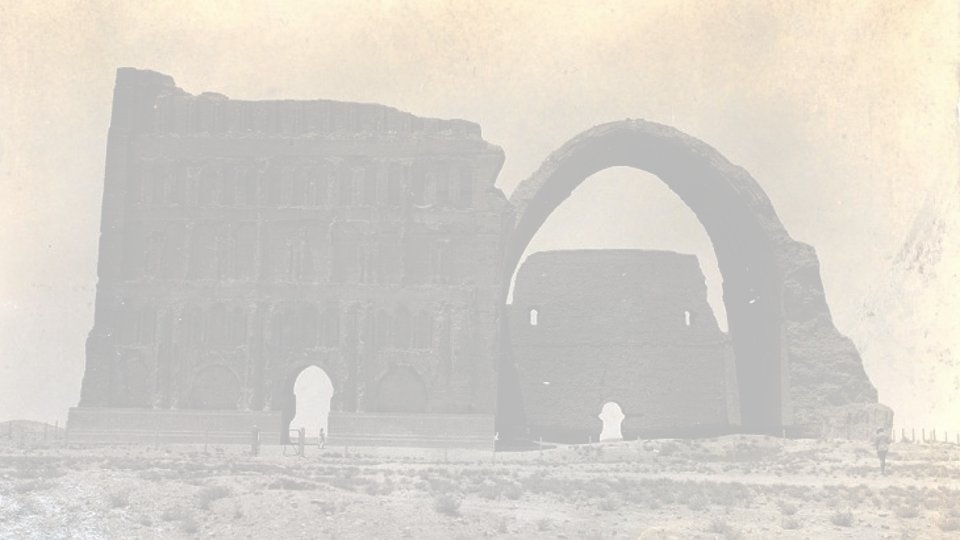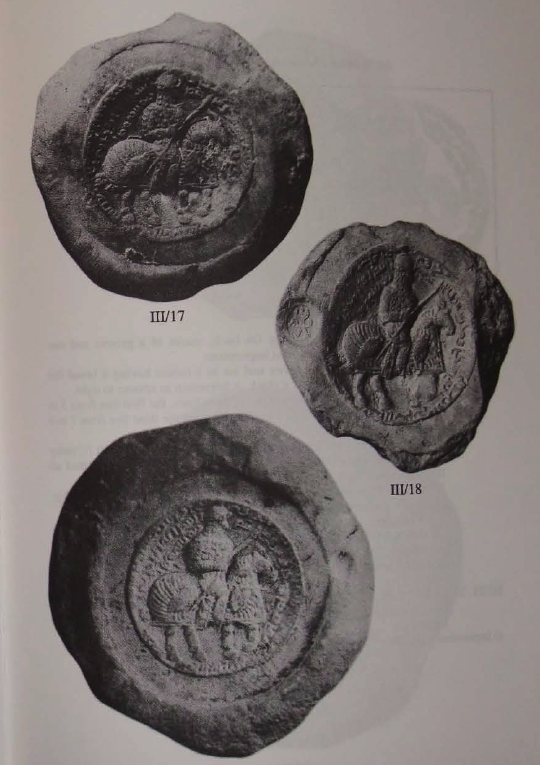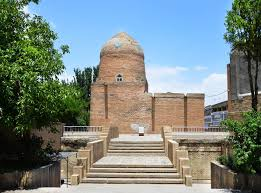
A short thread on the invocation of angels - especially Michael - in late antique incantation bowls and its afterlife in modern Jewish and Catholic liturgy. 1/7
The incantation bowls regularly invoke angels for protection. They act as both violent defenders of the client ('I will send against [you] Nuriel [and] Pagʿiel and Michael with fire') and as ratifiers of legal invocations ('Gabriel & Michael & Raphael sign this legal document').2 

One of the common ways angels appear in the bowls is in the "angels all around you" motif: "Gabriel is on the right of Dudita, daughter of Duday, & her sons & her daughters, & Michael is on her left, & before her is Susiel, & behind her is Menuḥa, & above her is Šekinath-El." 3 

This tradition made its way to standard Jewish liturgy, where it is to be recited before sleep: "In the name of the LORD, the God of Israel – Michael is on my right, & Gabriel is on my left, & Uriel is before me, & Raphael is behind me, & the Shekhinat-el is above my head." 4 

Yesterday I learned of the Catholic prayer "Prayer of Protection to Saint Michael" whose fundamental premises are the same as the bowl incantations. It is apparently now recited by US army chaplains to Catholic soldiers prior to going into battle. The prayer reads as follows: 5
"Michael the Archangel defend us in battle. Be our protection against the wickedness&snares of the devil; May God rebuke him, we humbly pray; O Prince of the Heavenly Host, by the power of God thrust into hell Satan & all evil spirits who wander the world for the ruin of souls."6
For more on these angels in the bowls, and the angels all around us tradition, see the excellent article by Dan Levene; academia.edu/6406491/_Gabri…. @neilhimself 7/fin
• • •
Missing some Tweet in this thread? You can try to
force a refresh

